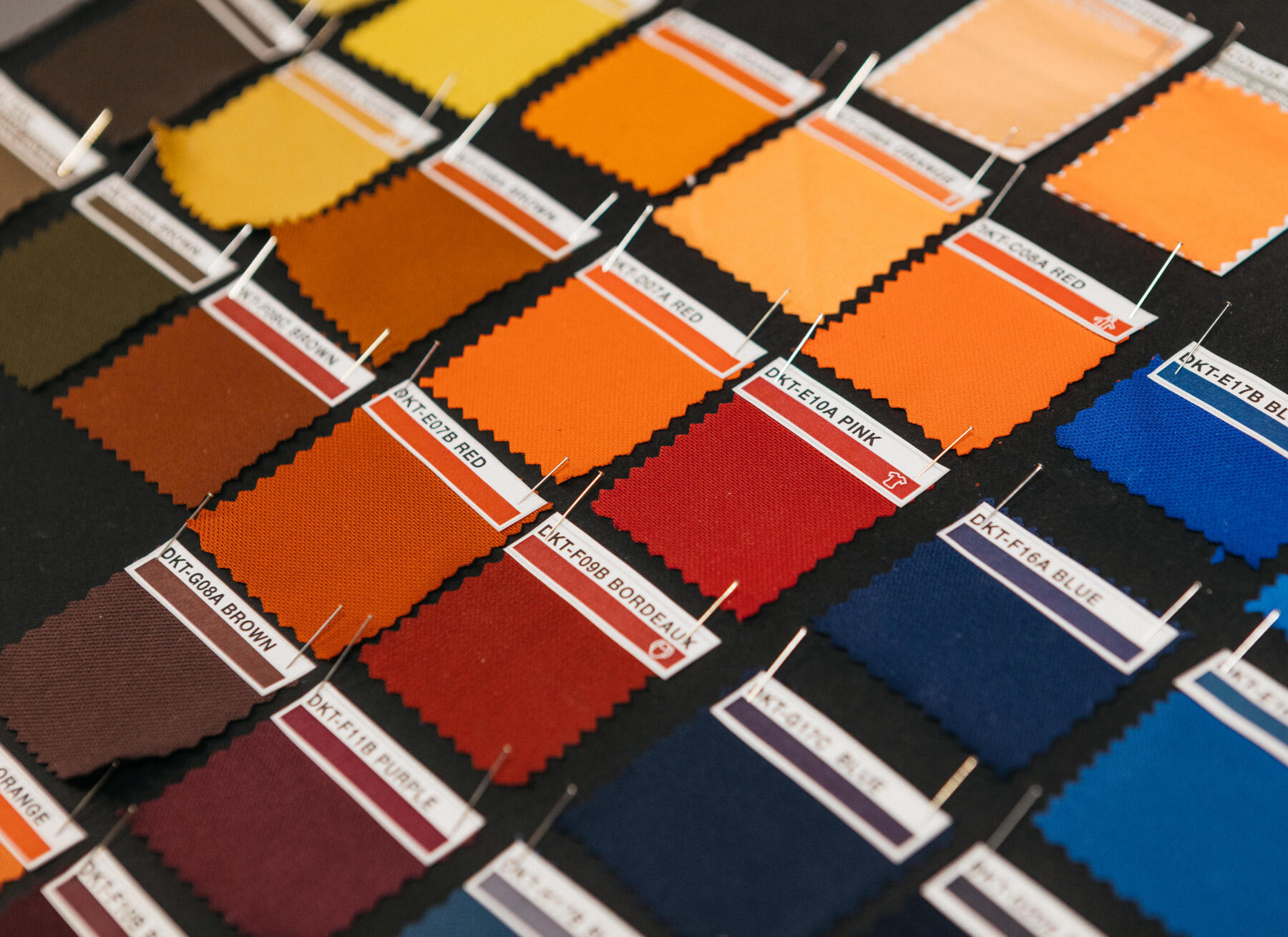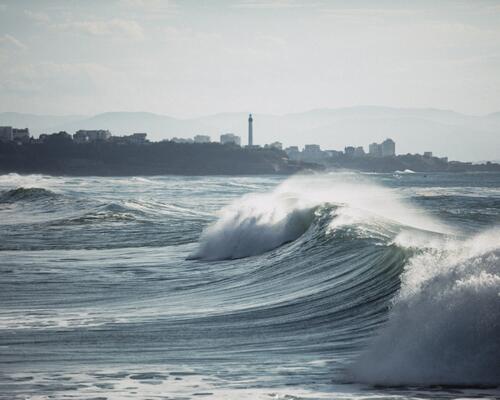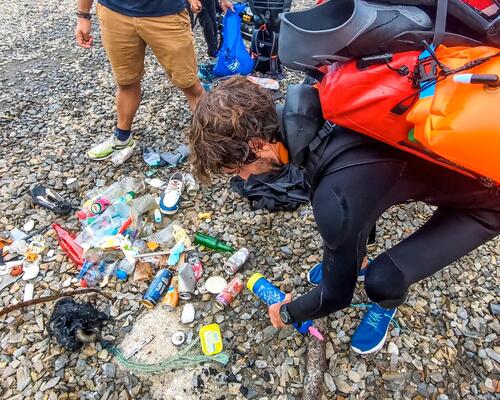Some figures on textiles and water
2,000 litres for a t-shirt, 8,000 litres for a pair of leather shoes, 11,000 litres for a pair of jeans...
The volumes of fresh water needed to manufacture our clothes are a little daunting. Especially when compared to the number of items sold each year around the world: over 100 billion.
The result is a rather staggering global consumption of water for the textile industry: according to the Ellen MacArthur Foundation, it gulps down 93 billion cubic metres of water per year. That is about 4% of the planet's drinking water resources. Hard to visualise? We understand... Roughly speaking, remember that this is the equivalent of 37 million Olympic swimming pools every year!
This puts textiles among the sectors that consume the most "blue gold", this natural (and limited) resource that is so precious to life on earth: it comes third, just behind wheat and rice cultivation.







